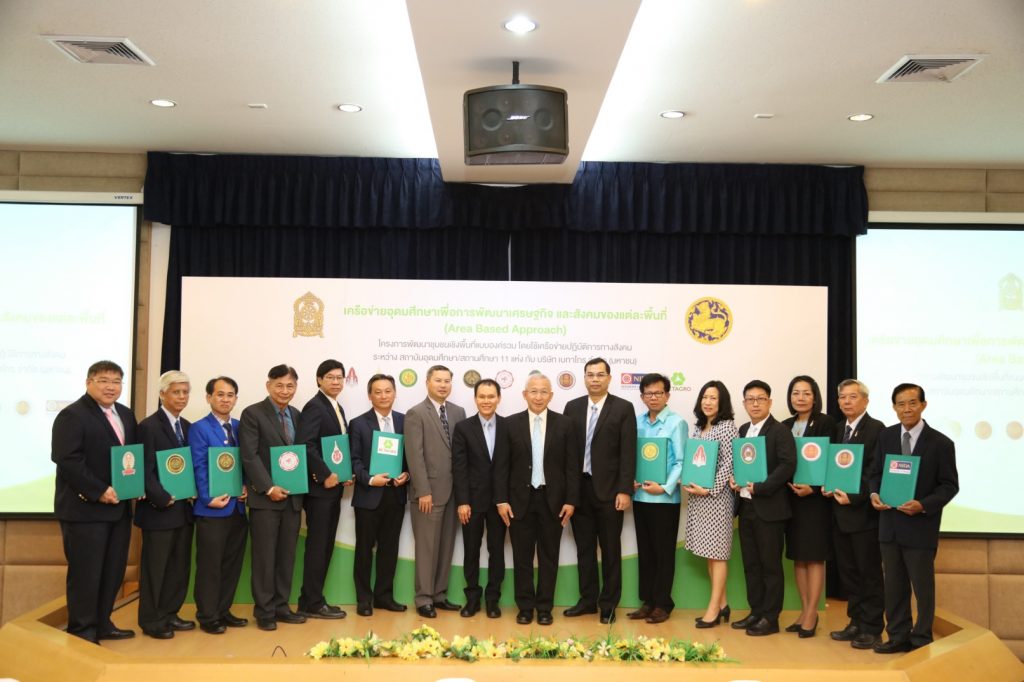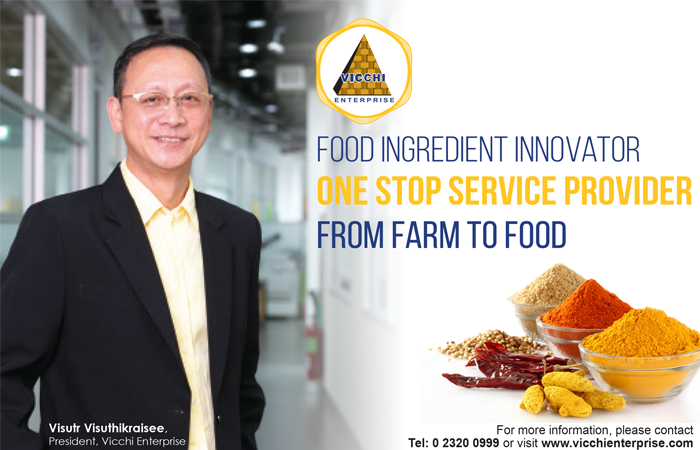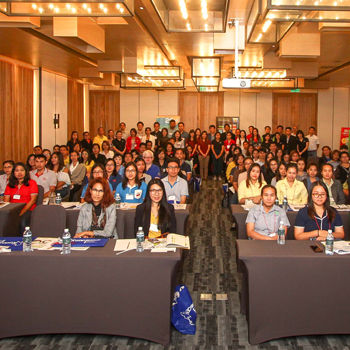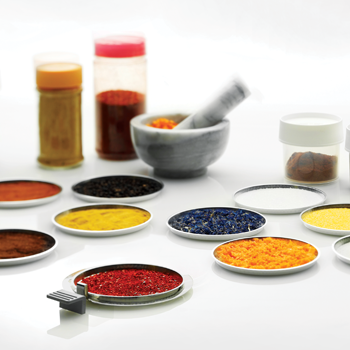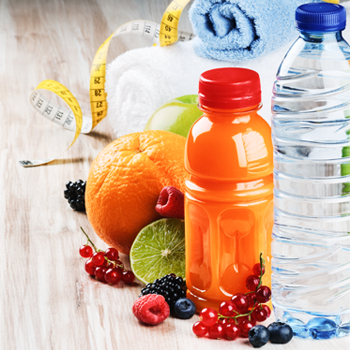
Strengthened Organization Will Focus on R&D Project Pipeline Growth
in Ingredient and Process Development
Brabrand, DENMARK, August 29, 2018
DuPont Nutrition & Health today announced it is expanding its R&D team by creating a “clean label hub” at the Brabrand facility. Intending to boost its project pipeline in healthy nutrition and clean label texturant offerings, six new employees will join the existing team to focus on both ingredient and process development.
The hub will feature experts with backgrounds in clean label and sustainability – two fields that often work together and serve related purposes. Working closely with existing project teams, the hub will bring products to market quickly and help grow the existing project pipeline.
“Clean label is about creating foods and beverages with ingredients that consumers recognize, feel good about putting into their bodies, and that respect the Earth and its resources,” said Gerard Lynch, R&D Leader, Systems & Texturants, Emulsifiers & Sweeteners. “Our ingredients are already used in many applications that consumers consider clean label, but there are tremendous opportunities to innovate – creating ingredients that are even more sustainable, using a larger part of the natural raw materials, while providing health benefits to consumers. Committing to this innovation is critical for our ongoing success and growth.”
With the ability to utilize the broadest capabilities in terms of natural raw materials access, processing, across fruits, vegetables, seaweeds and nutritional science, DuPont Nutrition & Health has huge potential to develop functional ingredients that meet consumer expectations.
The hub will help customers continue to navigate clean label trends in a proactive and sustainable way. DuPont Nutrition & Health is seeking creative scientists and engineers to identify ways to convert sustainable and natural raw materials into clean label solutions that meet consumer demands for simplicity and authenticity, all without compromising taste, texture and nutritional qualities.
Planned to be in place by early 2019, the clean label texturants team will have the opportunity to tackle exciting projects to provide texture and stability for multiple food applications.
“We are excited to launch this hub and put additional team members into place that will help us advance our innovation strategy to support our customers,” said Mikkel Thrane, Global Sustainability Lead, DuPont Nutrition & Health. “This hub will enable us to continue integrating sustainability and the UN Sustainable Development Goals into our work, and the investment we are making will help us develop healthier, more nutritious and sustainable ingredients for our food supply.”
To learn more about DuPont Nutrition & Health, visit www.food.dupont.com.
